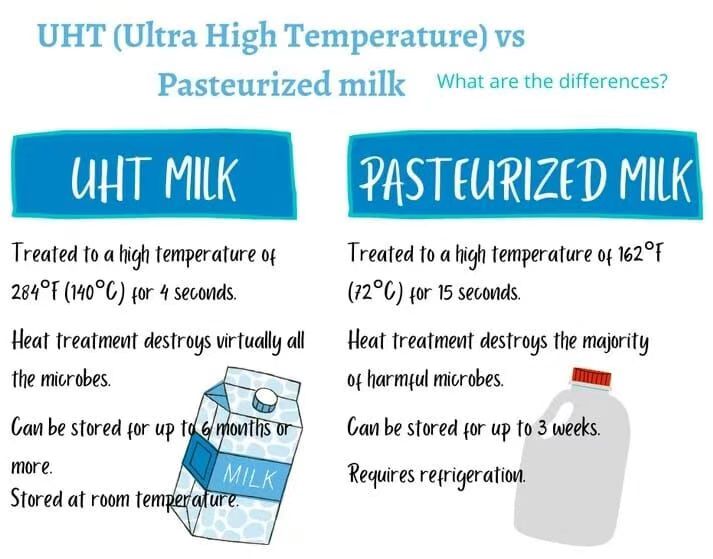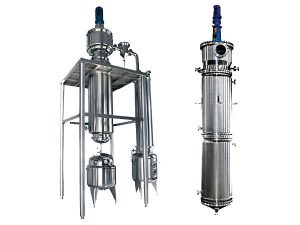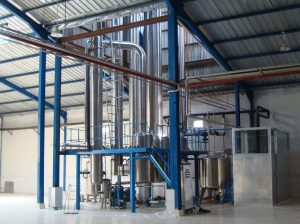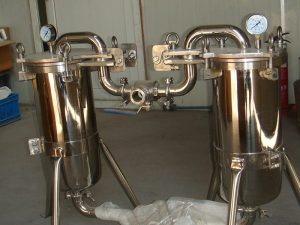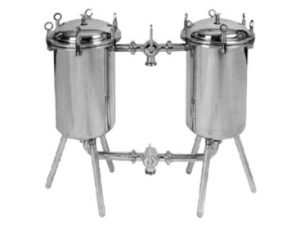Have you ever been confused by the labels “pasteurized” and “homogenized” on milk cartons at the supermarket? Although these terms often appear together on the same bottle of milk, they actually refer to two completely different processes. Each one affects milk’s safety, taste, appearance, and even nutritional value in distinct ways.
In this article, we will explore homogenized milk vs pasteurized milk through 9 key differences, helping you better understand what these processes mean and how they impact the milk you drink.
Table of Contents
ToggleHomogenized Milk vs Pasteurized Milk: 9 Key Differences
| Aspect | Pasteurized Milk | Homogenized Milk |
|---|---|---|
| Main Purpose | Kill harmful bacteria to make milk safe | Break fat molecules to improve consistency and taste |
| Processing Method | Heat treatment (LTLT, HTST, or UHT) + rapid cooling | Mechanical process forcing milk through small openings under pressure |
| Change Fat Structure? | No, fat structure stays the same | Yes, fat molecules are broken into smaller particles |
| Effect on Stratification | Cream rises to the top (if not homogenized) | Fat stays evenly mixed, no cream layer forms |
| Impact on Taste | Usually no big change; UHT may cause cooked flavor | Smoother, creamier taste and mouthfeel |
| Eliminate Bacteria? | Yes, kills most harmful bacteria | No, does not kill bacteria |
| Impact on Nutrition | Slight vitamin loss (like Vitamin C), but mostly retains nutrition | No effect on nutrition; absorption effects unclear |
| Is It Necessary? | Yes, required by law in many countries | No, optional based on consumer preference |
| Legal Supervision | Strictly regulated; raw milk sale often restricted | Less regulated, mostly producer choice |
Main Purpose
-
Pasteurization aims to make milk safer by killing harmful bacteria through heat treatment.
-
Homogenization focuses on improving milk’s consistency and taste by mechanically breaking down fat molecules.
Processing Method
-
Pasteurization uses heat — either low-temperature long-time (LTLT), high-temperature short-time (HTST), or ultra-high temperature (UHT) methods — followed by rapid cooling.
-
Homogenization is a mechanical process that forces milk through small openings under high pressure to reduce fat globule size.
Whether It Changes Fat Structure
-
Pasteurization does not change the fat structure in milk; it only kills bacteria and deactivates certain enzymes.
-
Homogenization breaks down fat molecules into smaller particles to prevent cream separation.
Effect on Milk Stratification
-
Pasteurized but non-homogenized milk will have cream rising to the top because the fat globules remain large.
-
Homogenized milk prevents this layering, keeping fat evenly distributed throughout the milk.
Impact on Taste
-
Pasteurization generally does not significantly alter taste, though UHT pasteurization can impart a slightly cooked flavor.
-
Homogenization improves the mouthfeel, making milk taste smoother and creamier by preventing fat separation.
Ability to Eliminate Bacteria
-
Pasteurization kills most harmful bacteria, enhancing safety.
-
Homogenization does not kill bacteria; it’s purely a physical process.
Impact on Nutrition
-
Pasteurization can slightly reduce certain vitamins like Vitamin C, but authorities like the FDA and CDC confirm it does not significantly affect overall nutritional value.
-
Homogenization does not affect nutritional content, though some theories suggest smaller fat globules may be more readily absorbed, but research is inconclusive.
Is It Necessary?
-
Pasteurization is legally required in many countries to ensure food safety.
-
Homogenization is optional and driven by consumer preference and commercial considerations.
Legal Supervision
-
Pasteurized milk is heavily regulated, and selling raw (unpasteurized) milk is restricted or illegal in many regions.
-
Homogenization is less regulated, often determined by dairy producers’ processes and market demand.
Pasteurized but Not Homogenized Milk?
Milk that has been pasteurized but not homogenized undergoes heat treatment to kill bacteria but retains natural fat globules. This results in a cream layer rising to the top, offering a more traditional milk experience preferred by some consumers. Such pasteurised non homogenised milk products are increasingly available for those seeking natural taste and texture.
Find Your Best Milk Pasteuriser Machine at Zhongbo
For dairy producers, selecting an efficient and reliable milk pasteuriser machine is crucial. Zhongbo offers a wide range of advanced equipment supporting various milk pasteurization processes, from HTST to UHT, ensuring safe and high-quality milk production.
Conclusion
Understanding the difference between pasteurized and homogenized milk helps consumers make informed choices. Pasteurization ensures milk safety by eliminating harmful bacteria, while homogenization improves texture and consistency by breaking down fat molecules. Whether you prefer the natural cream layer of non homogenised milk or the smooth uniformity of homogenized milk, knowing these processes allows you to pick the milk that best suits your taste and needs.

